
Using an Electric Kettle to Boil Water: 90% of Users Make This Mistake — Remind Your Loved Ones to Correct It Soon
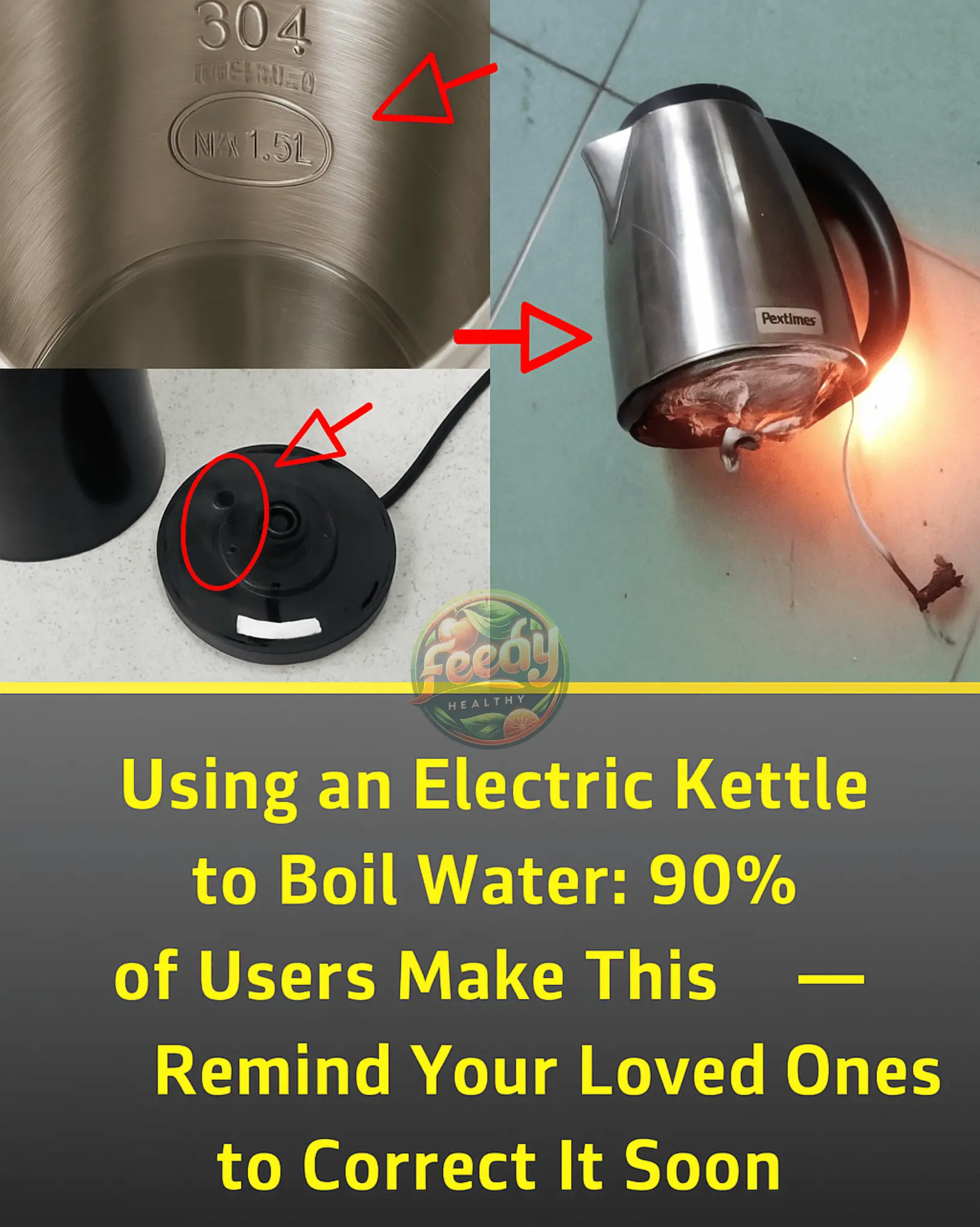
Although using an electric kettle to boil water seems simple, many people still make mistakes that shorten the lifespan of the appliance and pose health risks. Electric kettles are popular in many households due to their convenience — just add water, turn on the switch, and you’ll have boiling water in minutes. However, there are common mistakes that can damage the kettle or even endanger your health. Here are 5 typical errors — 9 out of 10 households make at least one of them:
1. Buying Any Type of Kettle Without Considering Material
Many assume that any kettle will do, as long as it boils water. Some opt for cheaper options without considering quality. In reality, you should choose a kettle made from 304 stainless steel, which is resistant to corrosion and high temperatures. Water boiled in such kettles is generally safer for consumption.
2. Overfilling the Kettle
Filling the kettle to the brim is a common mistake. When the water boils, it may overflow and leak into the base, causing short circuits or damage. Always follow the maximum fill line marked inside the kettle. Exceeding it not only risks malfunction but also compromises electrical safety at home.
3. Turning on the Power Before Adding Water
Some people switch on the kettle before adding water. This can lead to "dry boiling," where the kettle heats with no water inside, potentially burning the heating element or causing a short circuit.
Best practice: Add water first, place the kettle on its base, then plug it in and turn it on.
Also, make sure the base is dry before placing the kettle on it — any leftover moisture could lead to electrical hazards. Always unplug the kettle after use.
4. Pouring Out All the Water Immediately After Boiling
After boiling, it’s common to pour all the water into a thermos or container. However, don’t empty the kettle completely. Leaving a small amount of water inside prevents the thermal relay from drying out due to the residual heat of the base, which could reduce the kettle’s lifespan.
Later, discard the leftover water and rinse the kettle before the next use — this helps preserve the device.
5. Rarely Cleaning the Kettle
If the inside of the kettle isn't cleaned regularly, yellowish mineral deposits can build up over time. These not only affect water quality but also pose health risks.
To clean it, pour in white vinegar and half a bowl of water. Boil the mixture, then let it sit for about 10 minutes before pouring it out. You’ll notice a significant reduction in scale. Wipe clean with a cloth to fully remove residue.
Vinegar works because it’s acidic and neutralizes the alkaline scale buildup inside the kettle.
✅ Conclusion:
While electric kettles are incredibly convenient, proper usage and maintenance are crucial to ensure both safety and longevity. Share these tips with your family and friends — a few small changes can make a big difference!
News in the same category

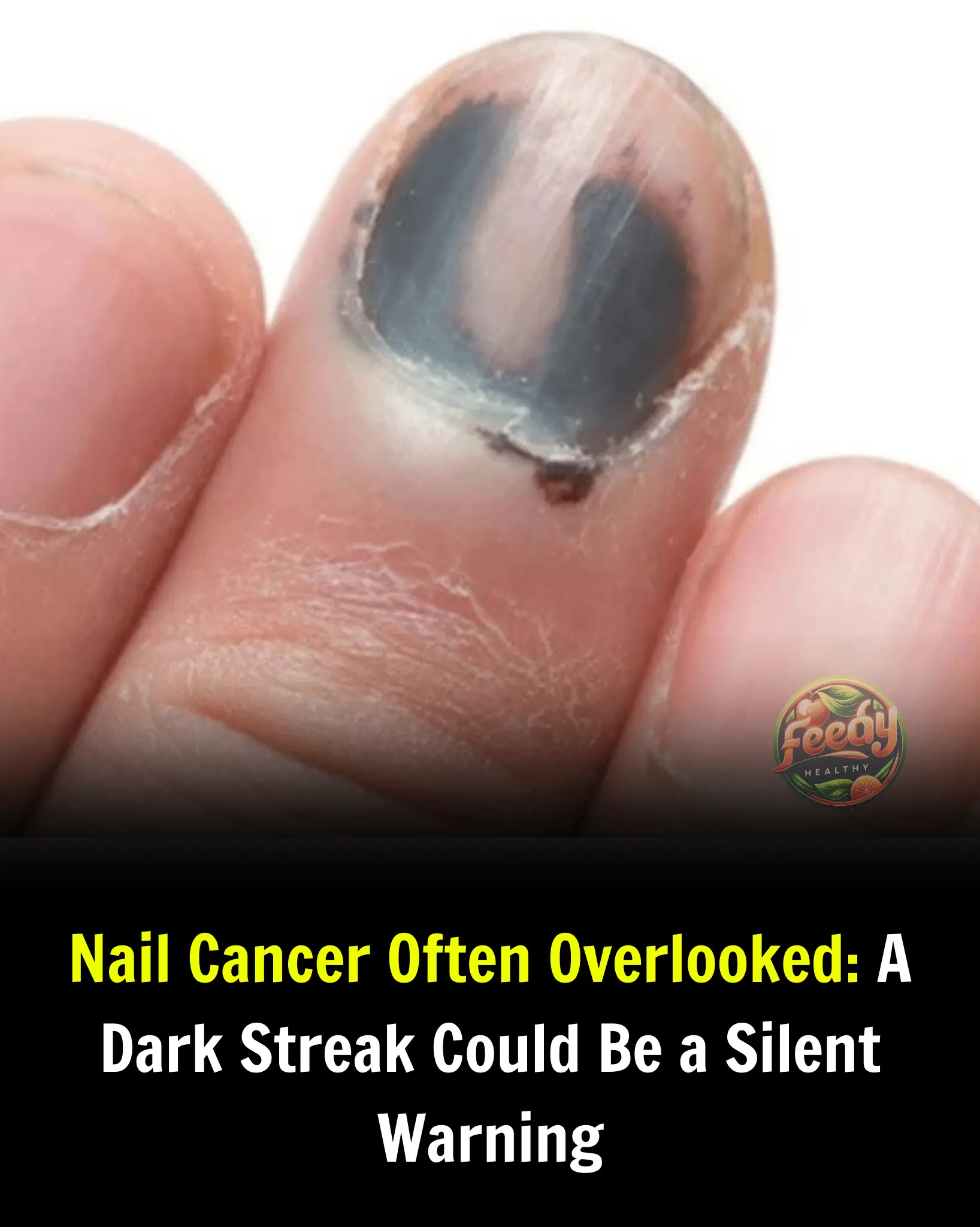
Nail Cancer Often Overlooked: A Dark Streak Could Be a Silent Warning

5 Foods That May Help Prevent Stomach Cancer
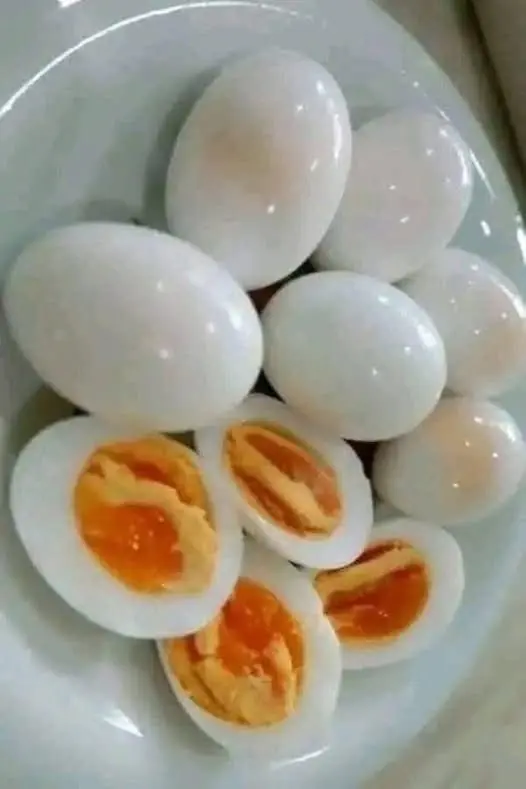
The Benefits of Boiled Eggs: Nutrition and Recipes You Should Try

Coffee Lovers, Take Note! “Extend Lifespan” or “Promote Cancer”? It All Depends on One Habit

Both Mother and Daughter Died of Liver Cancer — Doctor Warns: 3 Things You Should Never Add to Congee
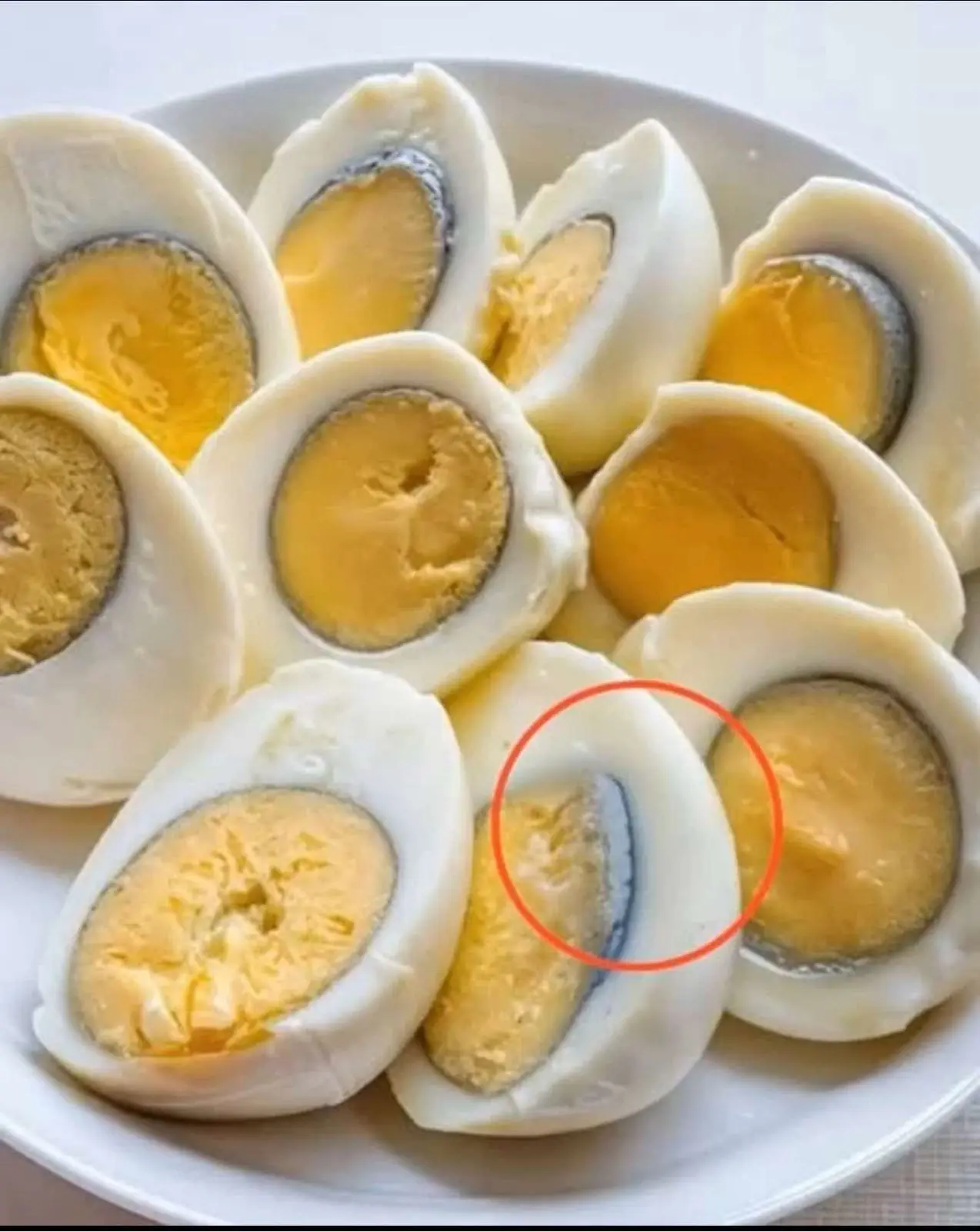
What causes the green ring around hard-boiled eggs?
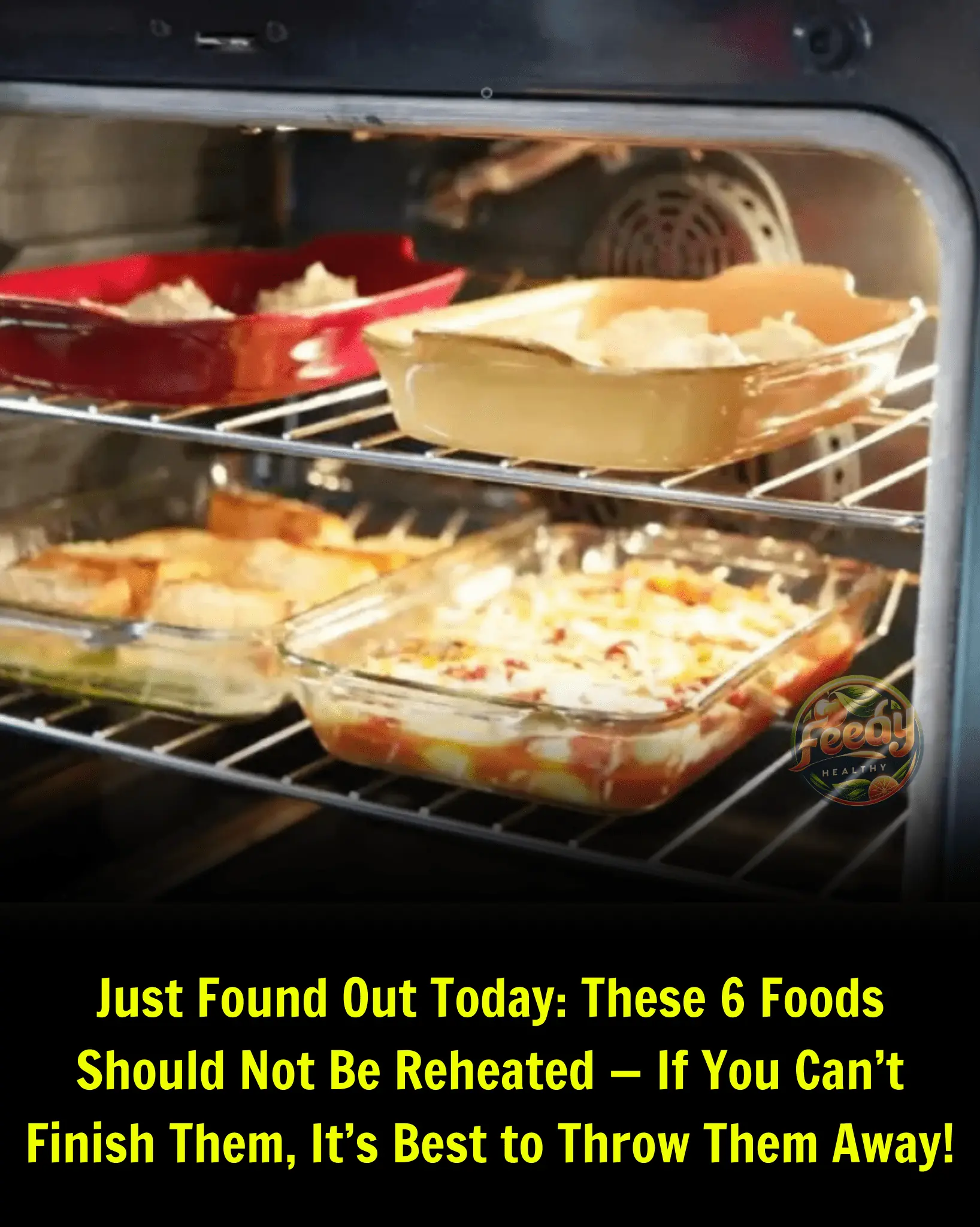
Just Found Out Today: These 6 Foods Should Not Be Reheated — If You Can’t Finish Them, It’s Best to Throw Them Away!

9 ‘Classic’ Symptoms Signaling Early-Stage Cancer in Children: Parents Should Take Their Child to the Hospital Immediately

Heartfelt Advice: Throw Away These 4 Toxic Plastic Items Before Cancer Comes Knocking

NATURAL REMEDIES FOR INFLAMED GUT

Daily Baking Soda Intake May Help Tame Autoimmune Inflammation, Study Finds

Many people mistake nasopharyngeal cancer for tonsillitis: Doctor explains how to tell them apart through associated symptoms

6 Best Teas to Keep Your Arteries Healthy

5 Drinks That May Help Dissolve Kidney Stones and Make Passing Them Easier

Learn from the Japanese: 3 Habits to Help Detox the Liver Quickly

8 Early Warning Signs Of Ovarian Cancer You Shouldn’t Ignore

Signs That You Have Too Much Sugar in Your Blood

8 Foods You Should Be Eating to Help Kill Cancer Cells
News Post

Dog refuses to leave storefront, desperately waits for help
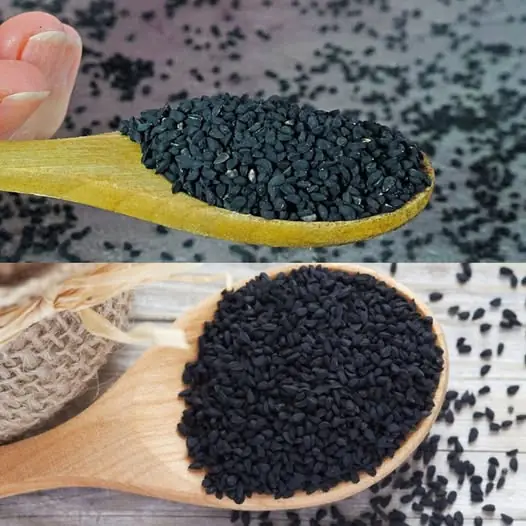
Unlocking the Power of Black Cumin Seeds: A Natural Health Boost
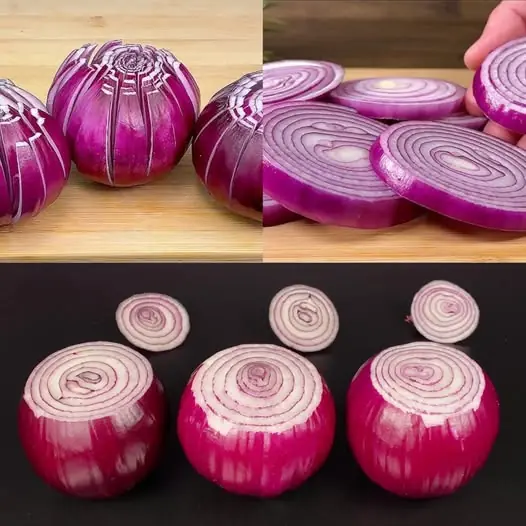
The Power of Red Onion and Other Vegetables for Balanced Blood Sugar

Discover the Amazing Health Benefits of Chewing Black Pepper Before Bed 🌿🔥

Discover the Benefits of Sleeping with Garlic Under Your Pillow

Unlock Radiant Skin with Aloe Vera and Castor Oil

The Benefits of Eating Pumpkin Seeds Daily

Rice Collagen Cream: No Wrinkles At Any Age

Nail Cancer Often Overlooked: A Dark Streak Could Be a Silent Warning

5 Foods That May Help Prevent Stomach Cancer

The Benefits of Boiled Eggs: Nutrition and Recipes You Should Try

Coffee Lovers, Take Note! “Extend Lifespan” or “Promote Cancer”? It All Depends on One Habit

🌸🎂 Pink Velvet Cake 🎂🌸

🍓🍦 Strawberry Vanilla Bean Ice Cream 🍦🍓

🧁💙 Cookie Monster Fresh Shake 💙🧁

🍭🍫 M&M's Ferrero Oreo Cake Roll 🍫🍭

🧁🥥 Coconut Cream Pie Cupcakes 🥥🧁

Both Mother and Daughter Died of Liver Cancer — Doctor Warns: 3 Things You Should Never Add to Congee
